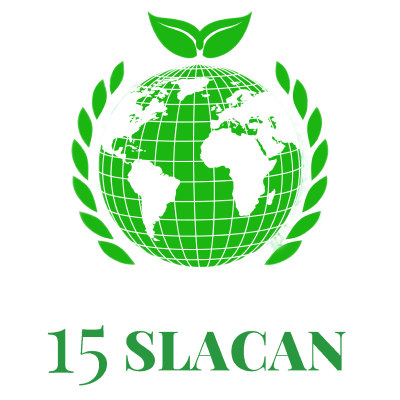Anais do 15° SLACAN - Simpósio Latino Americano de Ciência de Alimentos e Nutrição
COMBINATION OF PLASMOLYSIS AND VACUUM AS STRATEGIES FOR BREWER’S SPENT YEASTS ENRICHMENT WITH VITAMIN D3
Como citar esse trabalho?
Para citar este trabalho use um dos padrões abaixo:
Como citar esse trabalho?
Vitamin D3 plays a critical role in human health, but its high sensitivity to environmental factors poses challenges to its effective incorporation into delivery systems. In this context, brewer’s spent yeasts (BSY) emerge as a potential bio-vehicle that can protect this vitamin. Vacuum-assisted biosorption technique is a fast, low cost and could be an effective approach for impregnating BSY with vitamin D3. The aim of this study was to enrich BSY (specifically Saccharomyces pastorianus) with vitamin D3 by vacuum-assisted biosorption and to investigate the effects of plasmolysis on biosorption efficiency. BSY biomass was treated and divided into two equal parts, the first one did not undergo any pre-treatment (control -intact yeast) and the second was subjected to plasmolysis with NaCl (plasmolyzed yeast). Then, vitamin D3 (80 ug/mL) was impregnated in both treatments (control and plasmolyzed) using a vacuum sealing machine. After the impregnation process, the material was dried in a spray dryer. The spray-dried particles were characterized in terms of biosorption efficiency, moisture, water activity, zeta potential and morphological structure. The results showed a biosorption efficiency of 55.09% for intact yeasts and 96.95% for plasmolyzed ones. Moisture content varied between 7.92% and 8.31% for intact and plasmolyzed particles, respectively, while water activity values remained around 0.47 for both treatments. Plasmolysis induced visible morphological changes in the yeast cells, resulting in a rough surface and an increased shrinkage factor. This process also resulted in particles with higher electronegativity, indicating greater stability of suspensions containing plasmolyzed cells. These results suggest that the vacuum-assisted biosorption technique combined with plasmolysis may be a promising approach to facilitate the incorporation of the vitamin D3 in BSY, as well as to improve this vitamin stability. In addition to being a strategy for the production of vitamin D3-enriched foods.
- 1 Faculdade de Zootecnia e Engenharia de Alimentos (FZEA/USP)
- Engenharia de Processos e Tecnologias Emergentes (ET)
Discussões Científicas de Qualidade
Com ~200 mil publicações revisadas por pesquisadores do mundo todo, o Galoá impulsiona cientistas na descoberta de pesquisas de ponta por meio de nossa plataforma indexada.
Confira nossos produtos e como podemos ajudá-lo a dar mais alcance para sua pesquisa:
Como citar esse proceedings?
Esse proceedings é identificado por um DOI , para usar em citações ou referências bibliográficas. Atenção: este não é um DOI para o jornal e, como tal, não pode ser usado em Lattes para identificar um trabalho específico.
Verifique o link "Como citar" na página do trabalho, para ver como citar corretamente o artigo

